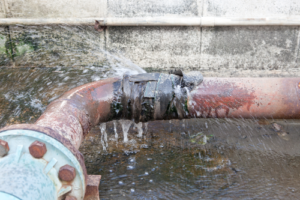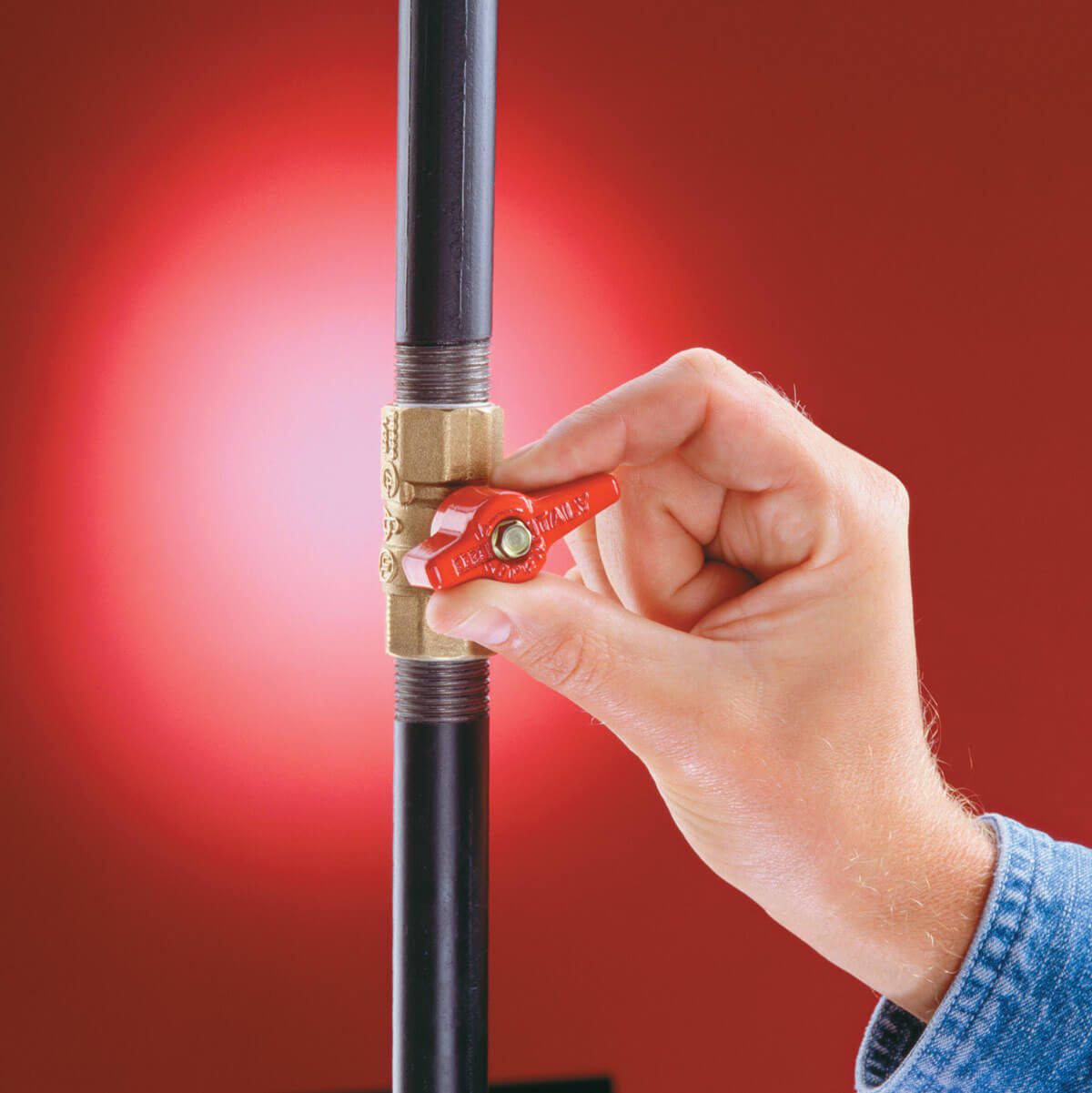Are you in search of help and advice on How to Prepare for Your Dishwasher Installation?

A burst pipeline is a significant emergency; you can only stand as you see water you pay dearly to reunite with the planet. In even worse cases, you discover a swimming pool on your kitchen floor, which is a wonderful trip danger, especially if you have kids around. If the pipeline that burst was in your wall surfaces, trouble: you might need to repaint that whole area.
How can a disaster like a ruptured pipeline be prevented and handled? Well, by paying attention to your specialist emergency plumbings as well as adhering to these regulations.
Just how do I know when my pipes have burst?
Varying water stress
Pipelines do not simply burst in a day. You might have noticed that your kitchen tap or shower doesn't run right away when you transform the tap. It might stop briefly for a couple of secs and after that blast you with even more force than usual.
In other circumstances, the water might appear normal at first, then drop in pressure after a few secs.
Infected water
Many individuals assume a burst pipe is a one-way outlet. Rather the contrary. As water drains of the hole or wound in your plumbing system, contaminants find their way in.
Your water may be polluted from the resource, so if you can, inspect if your water container has any problems. Nevertheless, if your alcohol consumption water is provided and also cleansed by the local government, you ought to call your plumber right away if you see or smell anything amusing in your water.
Puddles under pipes and sinks
When a pipe ruptureds, the discharge develops a puddle. It might show up that the pool is expanding in dimension, as well as despite how many times you wipe the pool, in a few minutes, there's an additional one waiting to be cleansed. Commonly, you might not have the ability to map the puddle to any kind of noticeable pipes. This is a sign to call a specialist plumber.
Wet walls and also water spots
Before a pipeline ruptureds, it will leakage, a lot of times. If this consistent leaking goes unnoticed, the leak may finish right into a vast wound in your pipeline. One simple method to avoid this emergency is to look out for damp wall surfaces ad water stains. These water stains will certainly lead you right to the leakage.
Untraceable leaking noises
Pipeline ruptureds can occur in the most undesirable locations, like within concrete, inside wall surfaces, or under sinks. When your home goes silent, you might have the ability to hear an annoyingly relentless leaking noise. Also after you've examined your shower head as well as kitchen faucet, the leaking may proceed.
Dear viewers, the dripping may be originating from a pipe inside your wall surfaces. There isn't much you can do about that, other than inform a professional plumber.
Turn up the Warm
Set up followers to blow heat right into cold areas. Keep the garage door shut. If you have lowered water circulation, heat one of the most susceptible pipelines (usually in cellars and crawl spaces or near outside walls) with a hair clothes dryer. Leave the faucet on while you use heat. As you thaw ice, the flow will boost. To prevent pipelines from freezing, protect your wall surfaces.
Begin Getting Rid of the Water
Get the wipe, pails and also a shop vacuum cleaner to begin to get rid of the water because you definitely do not desire it saturating into everything else in your home. And also, a fast clean up will decrease the possibilities of something obtaining musty.
What do I do when I find a ruptured pipeline?
Your water meter will certainly continue to run also while your water wastes. To reduce your losses, locate the main controls and turn the supply off. The water mains are an above-ground structure at the edge of your residential property.
How to Fix & Detect a Leaking Pipe
How Do I Know if a Pipe is Leaking?
Leak detection tests can help you determine if your pipe has a leak. Even if you don’t see an apparent leak, you should still conduct leak detection tests regularly to save water and money—and prevent major damage to your home.
Water meter. It can be helpful to figure out what your usual water meter usage numbers are and then monitor them regularly. To monitor your meter, first, turn off all water faucets in your home. Check the meter and write down the numbers. In a few hours, check the meter again. If the numbers have changed, you have a leak. Water gauge. Use a water gauge to test your water pressure. Your showerhead should produce a certain amount of water pressure based on its model and design. If the pressure is lower than it is supposed to be for that specific showerhead, your home likely has a leak. Puddles. Look inside your bathroom, laundry, and kitchen sink cabinets. Puddles around the cabinets or around toilets, tubs, showers, and washing machines indicate the presence of a leaking pipe. You may also notice loose tiles, peeling or flaking paint, or mold caused by water accumulation. Napkin test. Even if you don’t see any puddles, you may still have a leak. You can test for water leaks in the bathroom, laundry, and kitchen by wiping below-sink connections with a napkin, paper towel, or piece of toilet paper. If it becomes damp, you probably have a leaking pipe under the sink. Discolored walls. Walls that are discolored—usually with brown or yellow stains—or bulging might mean that they have been impacted by water damage caused by a leaking pipe. Smell. A leaky pipe will create sitting water, and over time, that water may develop a musty smell. If your home smells musty, but you can’t locate the source, it may be due to a leak. Steps for Fixing a Leaking Pipe
A leaky drain can be remedied by tightening the pipe base, replacing the drain seal, caulking the rim, and tightening the pipe nut. Similarly, a leaking toilet pipe can be treated by tightening the packing nut. You may also need to replace the valve. A leaky faucet may just need tightening or replacement of the washers. If that doesn’t work, consider replacing your faucet. If your pipe has a hole in it, you may want to use a pipe leak sealer or pipe leak tape. This quick fix for water pipe leaks can also temporarily fix a copper pipe leak. https://www.ahs.com/home-matters/quick-tips/how-to-tell-if-pipes-are-leaking/

Do you appreciate reading up on How to install a dishwasher safely? Post a remark directly below. We would be pleased to see your reactions about this write-up. In hopes to see you back again in the near future. Enjoyed our content? Please share it. Let another person check it out. We enjoy reading our article about How to Install and Connect a New Dishwasher.
Trusted by locals for emergencies.